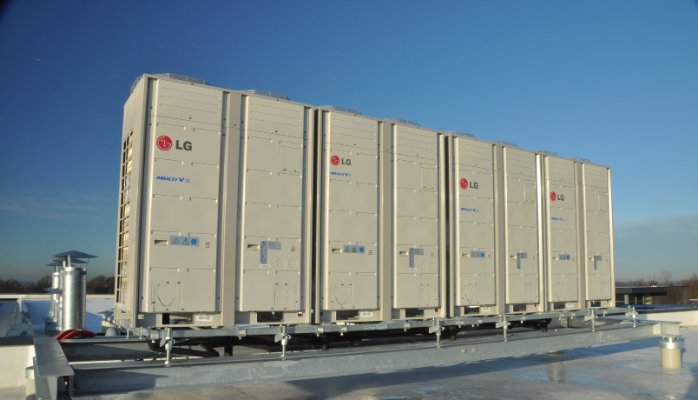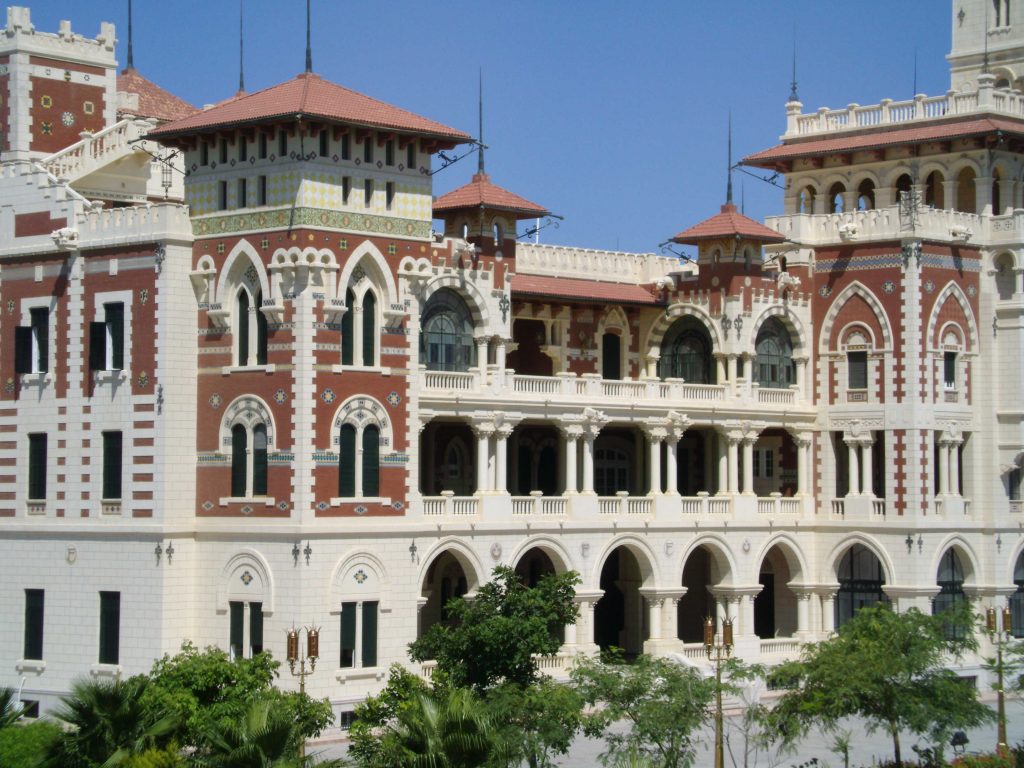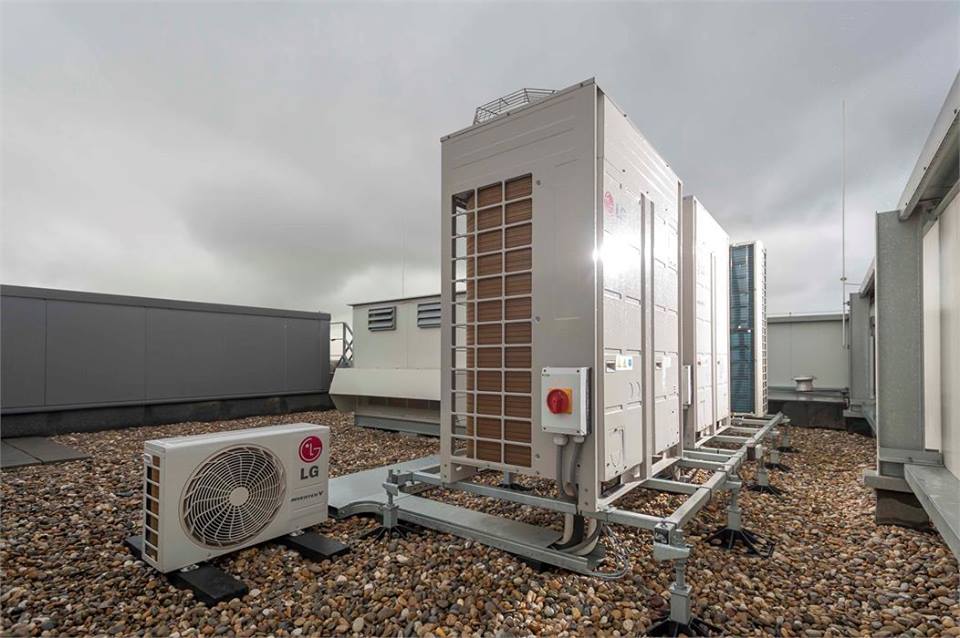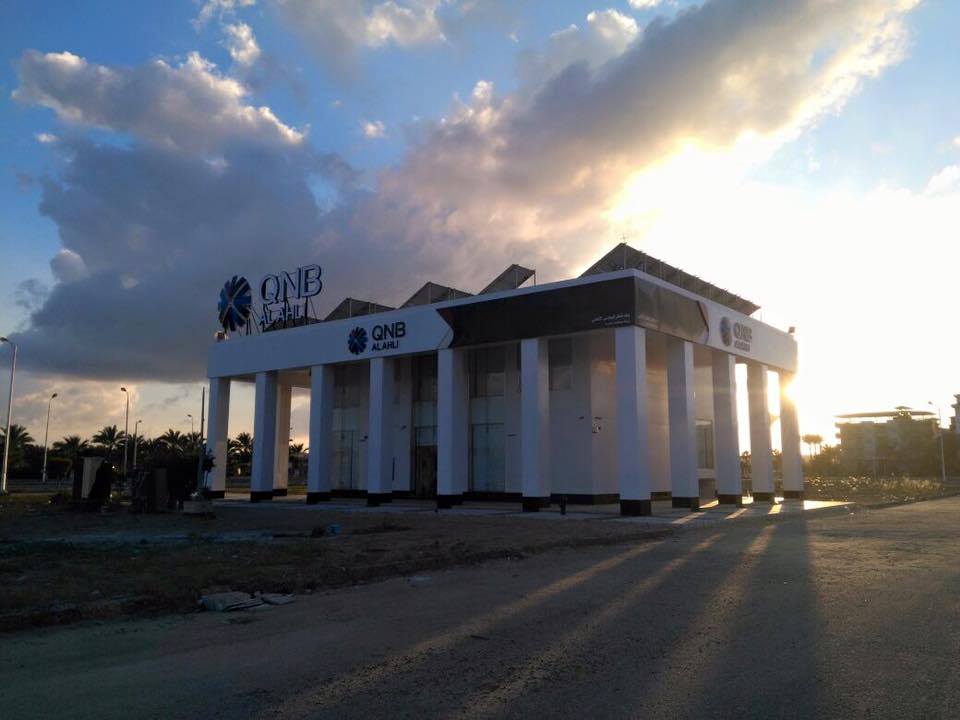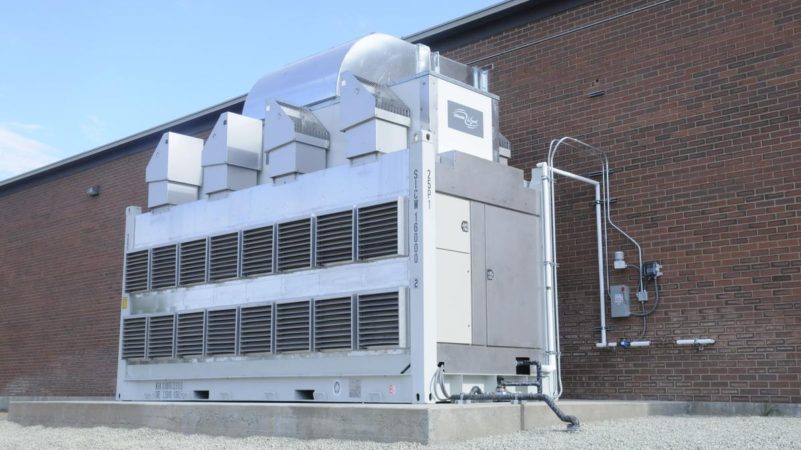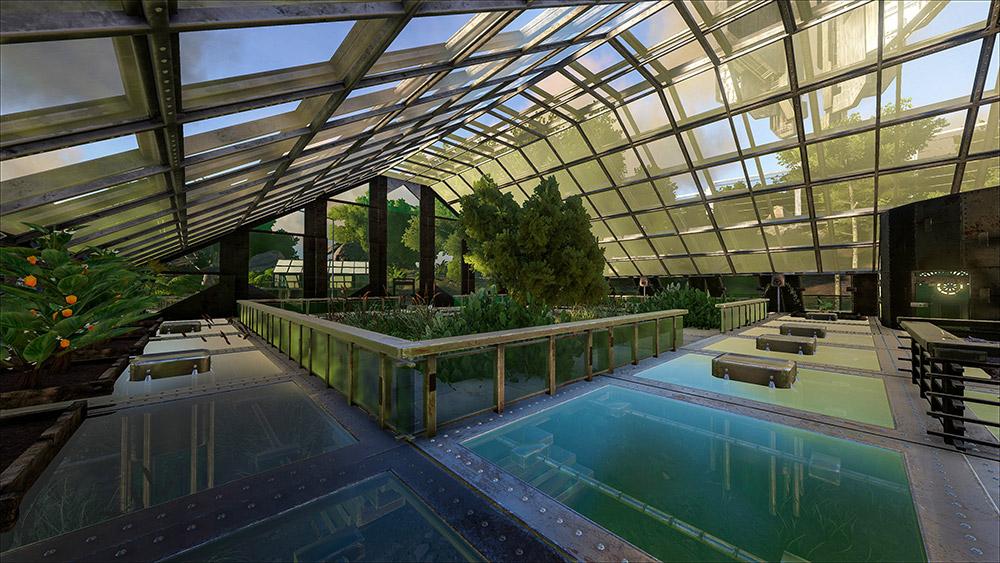The Rule of 20
In 2008, the EU announced its triple goal related to energy efficiency under the ‘20-20-20 Policy’. With a wide range of far-reaching policies, the EU aims to cut its dependence on primary energy sources by 20%, reduce CO2 emissions by 20%, and also increase renewable energy production by 20% before 2020 To help lower electricity consumption by raising consumer awareness, all appliances released in the European market must display a label, which indicates the energy efficiency rating, annual energy consumption, and other energy-related information. In addition to helping consumers choose more efficient products, the labeling system encourages manufacturers to develop technologies, which require less energy to operate. Evolution of the TechnologyVRF systems are enhanced versions of ductless multi-split systems, permitting more indoor units to be connected to each outdoor unit and providing additional features such as simultaneous heating and cooling and heat recovery. VRF heat pump systems permit heating in all of the indoor units, or cooling of the all the units, not simultaneous heating and cooling. Heat recovery systems provide simultaneous heating and cooling as well as heat recovery to reduce energy use during the heating season. Over the past 15 years the technology has advanced in a number of areas: • Standard compressors to variable speed and capacity modulated scroll compressors • Direct driven outdoor fans to variable frequency drive, inverter-driven fans • Direct driven indoor coil motors to direct current or ECM-type motors • Variable capacity indoor units • Better heat exchanger surfaces with multi-segmented coils • Improved controls and diagnostics • R-22 to R-410A • Better refrigerant charge and oil management Advantages of VRF Some of the features of VRF systems should provide energy savings. These include: • Good part load performance due to multiple compressors and variable speed compressor systems permitting capacity modulation to serve 7% to 100% of the cooling or heating load. Many hours of HVAC system operation are spent between 30% and 70% of maximum capacity where the VRF system efficiency is high (Roth 2002). • Good zone control, saving by not conditioning unoccupied zones and by providing the capability to condition single zones off hours at a reasonable cost. Figure 3 shows how VRF systems can provide zone control, including simultaneous heating and cooling. Heat recovery is readily accomplished with the refrigerant when some of the indoor units are heating and some of the units are cooling. According to one manufacturer’s published data, if a 50% demand for full cooling and a 50% demand for full heating exist, in the heat recovery mode the compressor would only be 48% loaded. • Duct losses are confined to the ventilation air which is normally about 1/5th of the air flow of a ducted system circulating and conditioning both the ventilation air and the recirculated air. (Since ducts are often in unconditioned spaces, duct losses may not contribute to building space conditioning). • The refrigerant is used directly as both the working fluid and the heat transfer fluid tending to make the VRF system more efficient than systems that use air or water as a secondary heat transfer fluid for delivering heating or cooling. • The use of R-410Aand other features such a variable speed compressors, multiple speed fans and blowers, refrigerant circuitry, electronic expansion valves and advanced controls contributes to enhanced low-temperature performance • Better comfort. Since the system can be modulated to follow the load, units can remain running to maintain the temperature within narrow limits, assuring a comfortable temperature envelope. • Low noise levels. Levels are 24 dBA for the indoor unit and 56 dBA for the outdoor unit. • Flexible and quick installation. Only a small (3” or so) opening is needed for the refrigerant piping. • Low-profile, low space requirements and light weight make units easier to fit into tight spaces and to avoid obtrusive terminal units that could spoil the aesthetics of a space. • Modularity allows easy apportioning of energy costs among tenants or operations. Increased useful building space is enabled by reducing floor to floor height (12” ceiling void vs. 20”) and eliminating the need for a machine room. • Avoids the need for an on-site, trained operator as might be desirable with a large chiller based system



